How To Season A Cast Iron Skillet
As an Amazon Associate I earn from qualifying purchases.
Today I am thrilled to bring you a guest blogger who will be speaking on a topic we all need to know about – how to season a cast iron skillet the right way. As a Mechanical Design Engineer, Richard Hall may seem an unlikely choice for a food blogger, but his heritage, common-sense know-how, and generosity in sharing his knowledge with us make him the perfect choice for a topic of the utmost importance to any Southern cook! Thank you, Rich!
Hey all,
Since Southern Plate has all these great Southern recipes, I thought it might be useful to share how to season a cast iron skillet or other types of cast iron cookware. You may ask, what is seasoning and why do I need to season my cast iron skillet? The answer is very simple. Seasoning makes it non-stick like all the new miracle cookware. And the why is you can buy and maintain a non-stick skillet with nothing more than vegetable oil and shortening and common sense and it will never wear out. The cast iron skillet can be used to cook on the stovetop, the oven, or the grill. A good iron skillet can be passed down as an heirloom if taken care of properly.
What You Need to Season a Cast Iron Skillet
It is very simple to do albeit a little messy. What you will need is:
- The cast iron skillet
- A box of vegetable shortening, which can be purchased in your favorite supermarket for less than $2.
- A roll of heavy paper towels
- Your oven
Just a quick note, the seasoning of a new skillet and the re-seasoning of an are the same except for the first step. So let’s get started.
How to Season a Cast Iron Skillet
Wash new skillets before seasoning
Make sure your new has been washed in hot water and mild dish soap. This will remove the factory anti-rust coating. For re-seasoning an existing skillet, just make sure to wipe the entire surface with hot water and a clean washcloth or a paper towel (sponges need not apply). Dry the skillet by heating it on the cooktop then let it rest and cool. Preheat your oven to 200 degrees.
Season with vegetable shortening or oil
Fold the paper towel into a fourth and place a dollop of vegetable shortening in the skillet. The size is not important, but for a 10” skillet, use about 1/4 of a cup. More can be added as required to cover.
Instead of lard or vegetable shortening, use any kind of vegetable oil. I recommend refined coconut oil as it has a higher smoke point.
Take the paper towel and coat the interior, the exterior down to the bottom edge, and the handle liberally.
I don’t coat the very bottom of the skillet, as any cooking surface that it touches will make smoke and just burn off the shortening or oil.
Place the skillet in the oven
Once you have the skillet coated, place it in the oven (at 200 degrees) and set a timer for 3 hours. This low temp will open the cast iron pores up and allow the vegetable shortening to penetrate as it liquefies.
Remove from the oven
After the time is up, cut off the oven and let the skillet cool. Once it is cool enough to touch, wipe it down with another paper towel to remove any or vegetable shortening and just leave a on the surfaces.
In another hour or so, wipe it down again.
After this final wipe, the skillet will continue to cool and in about an hour will look like the last picture.
Using Your Cast Iron Skillet
Now you are ready to use the skillet. For the first couple of uses, cook something greasy like bacon or sausage. This will help heat cycle and re-coat the interior surface which will make the non-stick coating better. Also, be aware that it is going to smoke for the first couple of uses as it heat cycles and burns off the water trapped in the pores and the excess vegetable shortening.
To maintain the skillet you will need to wipe the interior every couple of months with bacon grease during a heat cycle or cook something greasy and re-season about every 2 years following the process above.
Also, don’t let food sit in the skillet as this will remove the seasoning.
After each use, wash the skillet out using a very mild soap solution and warm water. NEVER wash in the dishwasher. The reason for using mild soap solution is to keep from removing the seasoning layer.
One other note that I personally do is the drying step after a wash. I will turn the cooktop on to high heat and place the wet skillet on it for about a minute. This will heat the skillet up enough to dry the water and heat cycle the pores. This keeps everything as it should be.
—
If you choose, you can render your own lard from bacon drippings. If you own a microwave bacon-cooking tray it is very easy. Just cook some bacon and let the drippings cool either in the tray or pour them into a bowl or shallow dish while still hot. Once it has cooled and congealed, you can use it just like the vegetable shortening as described above. This is perfect for the occasional re-seasoning of your skillet.
I hope this has been helpful and if you have any questions just direct them to Southernplate.com and I’m sure Christy can find me to get the answers.
See you ’round,
Rich
Before you go, check out these great cast iron recipes:
Southern Cubed Steak and Milk Gravy
Skillet Carrot Cake from Southern Cast Iron

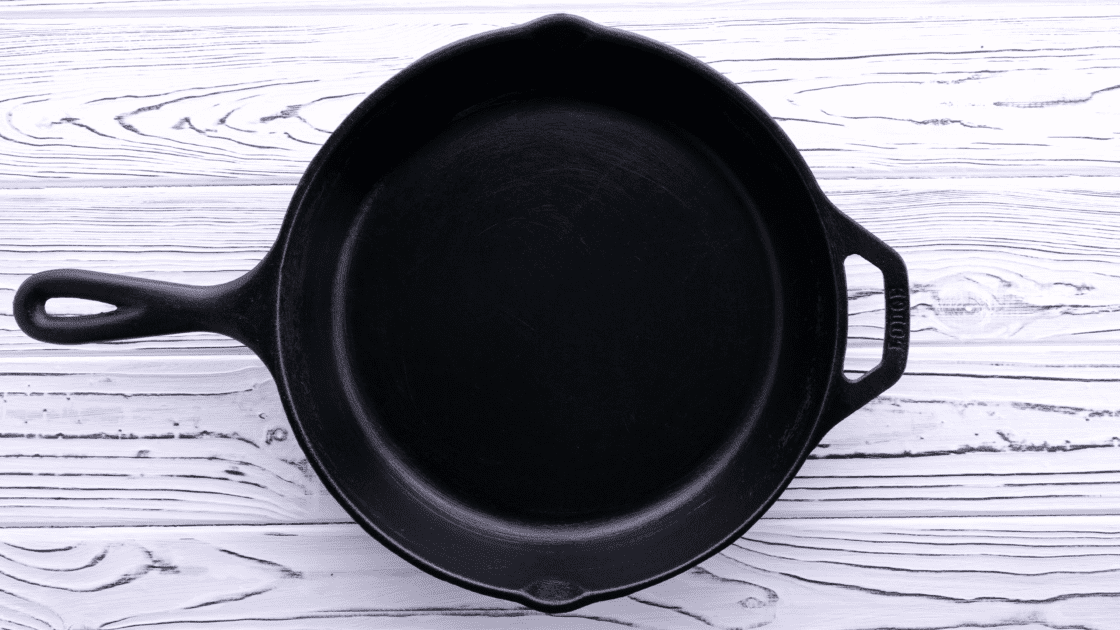
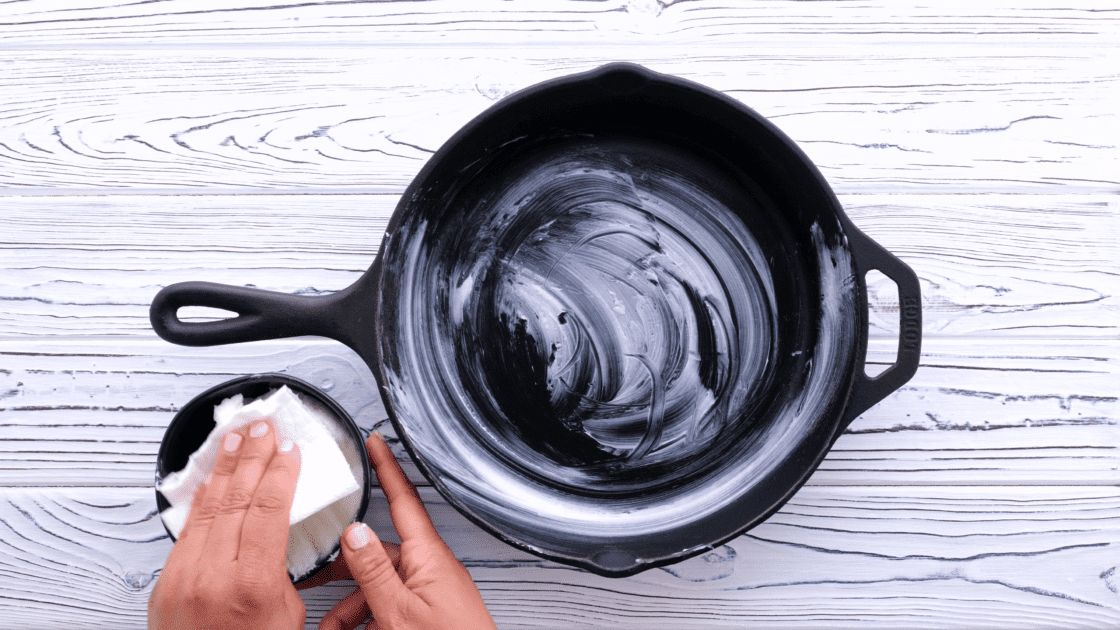
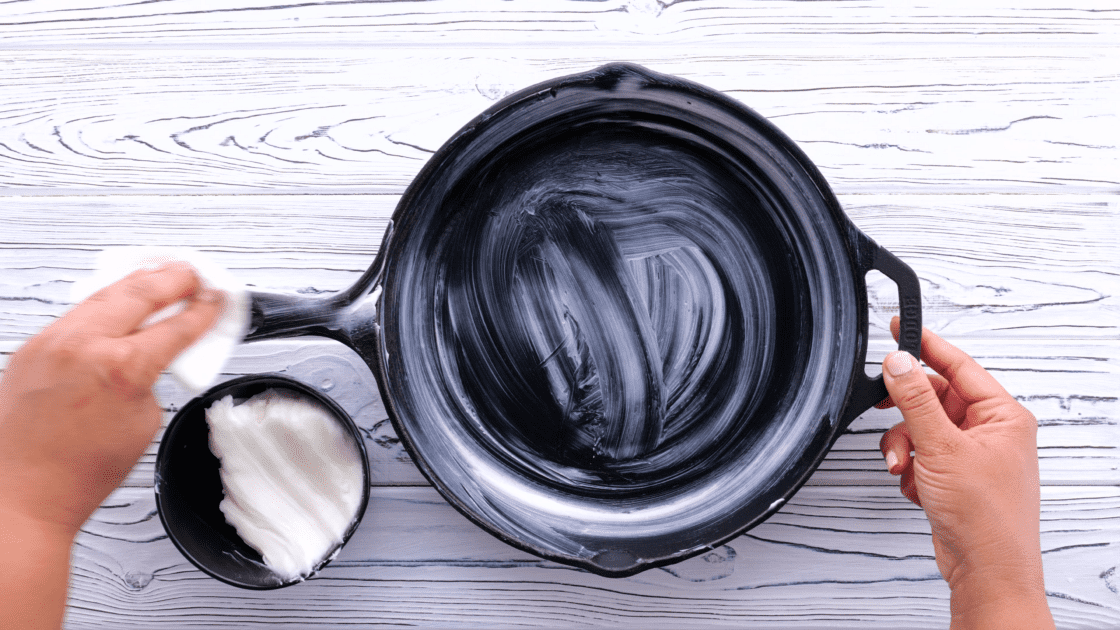
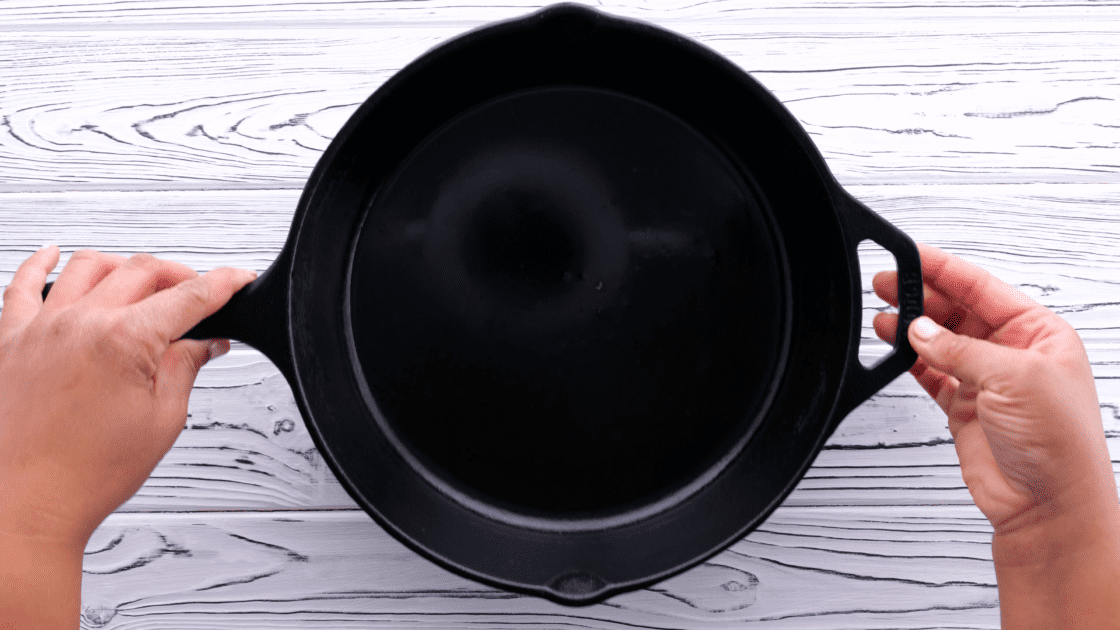

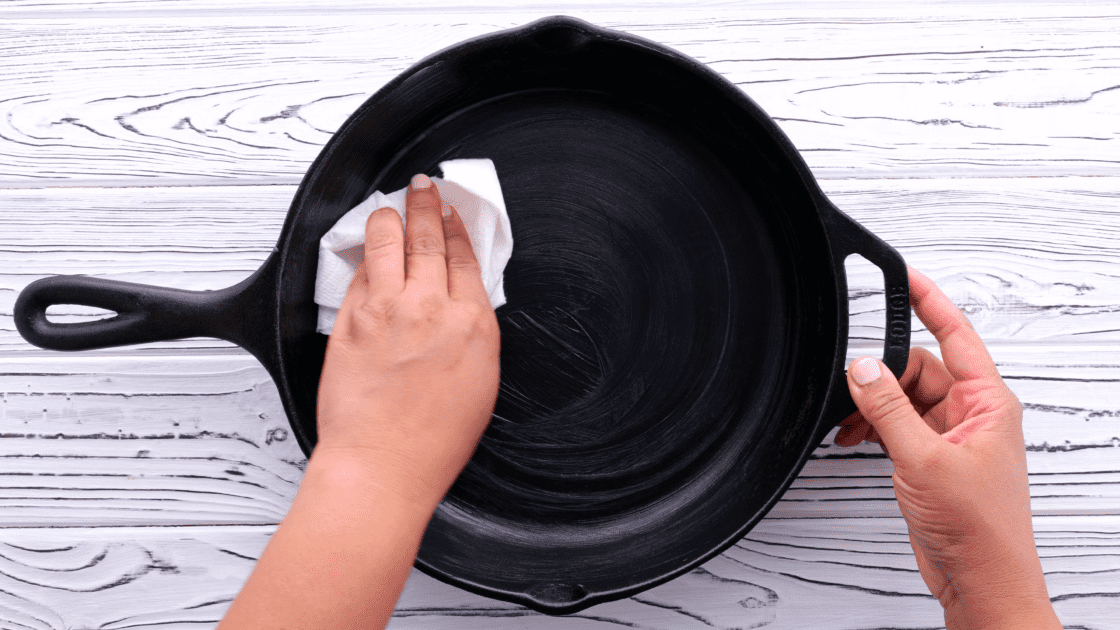
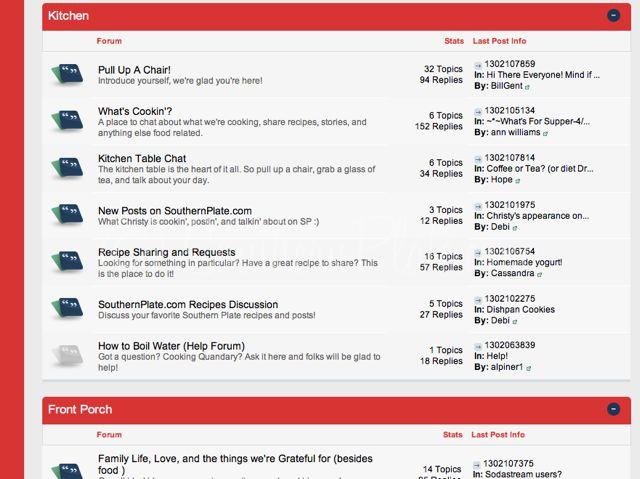
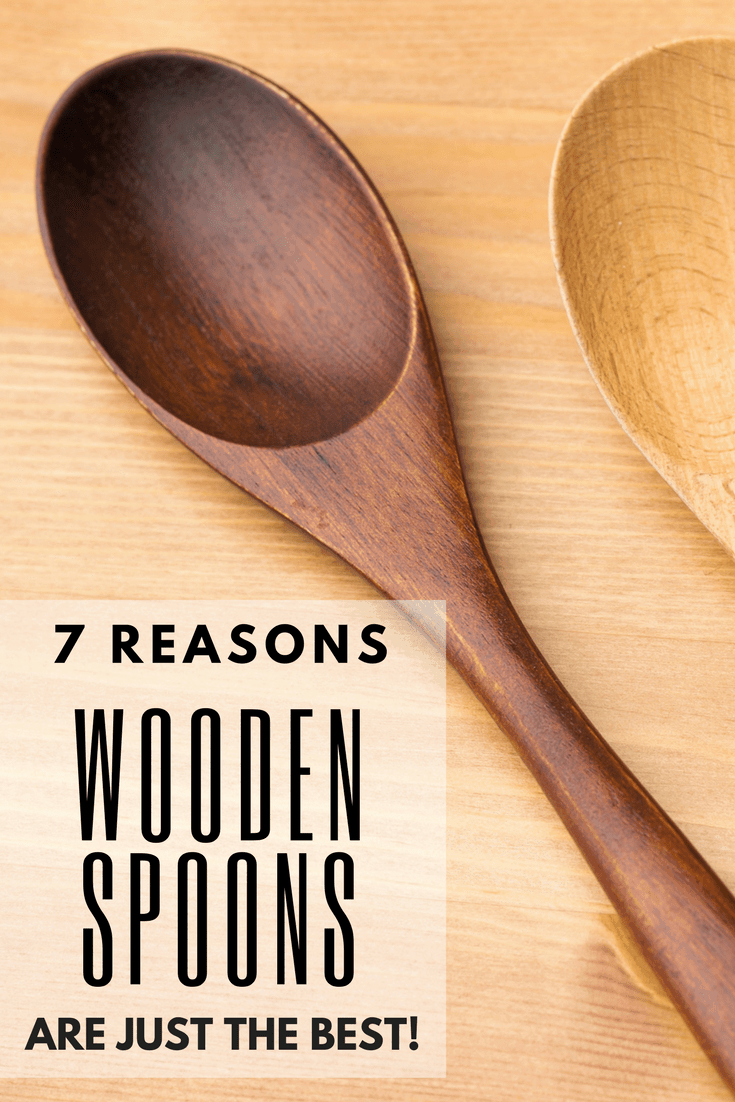

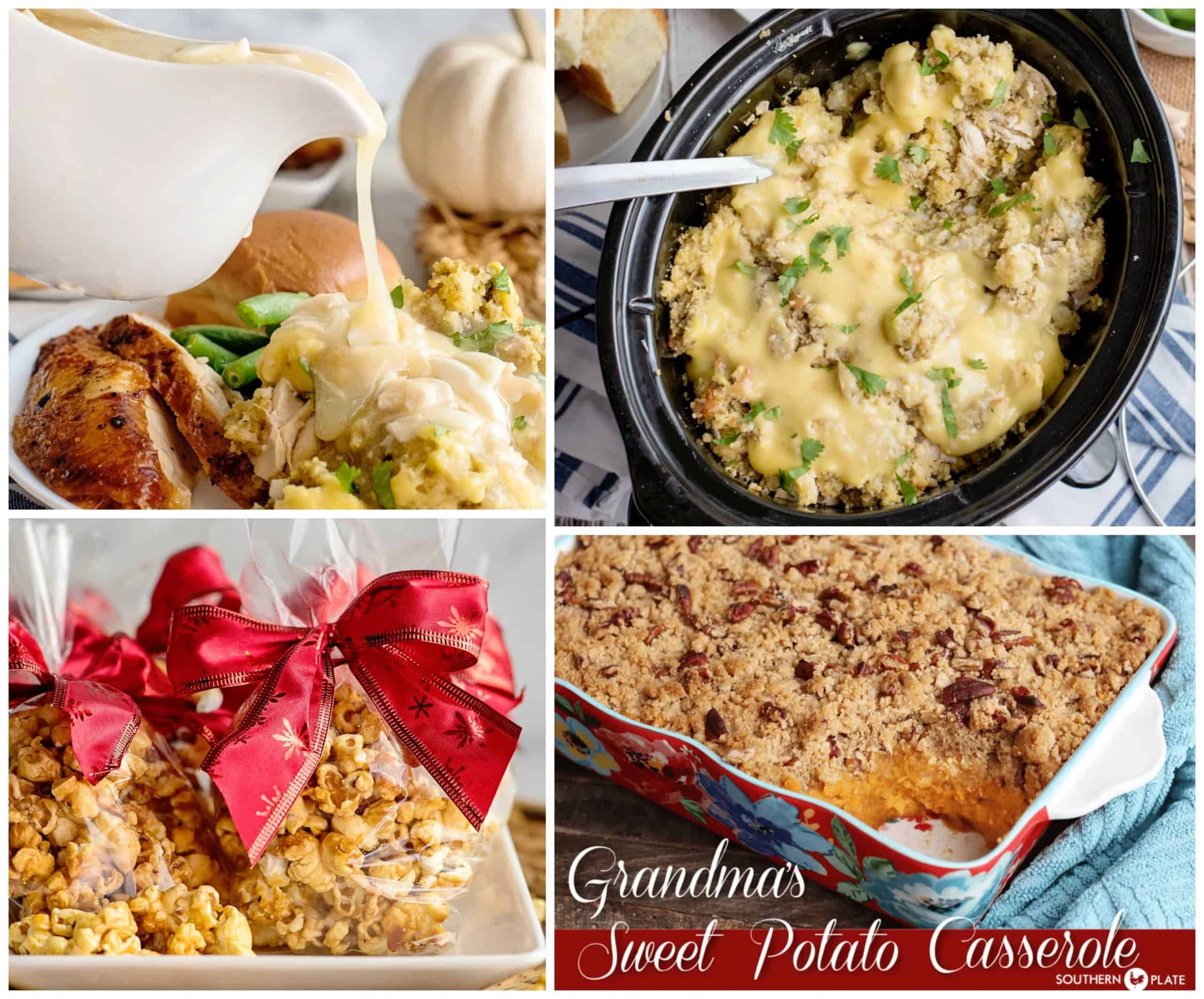


Can I use vegetable shortening instead of lard or bacon drippings to re-condition my iron skillet?
this is wonderful, I have a pan that when my grandmother passed away she gave to me (well b4 she passes she said that she wanted me to have it) I cooked stake in it and it has started to rust, I was looking for a good way to reseason the pan (i have 3 others that i am going to do also) The pan means a lot to me but i still cook with it as it is what she would want! I am going to have to go buy some lard (i was hoping i could do it with vegitable oil but i will go with your method) Anyways thanks for the advice and i love cast iron I have cooked with cast pans sence i was ‘knee high to a grass-hopper’ (yes im a southern craker (4th gen!) 🙂
Thanks I will try that.
My mother just gave me a couple of Cast iron pans. Her and her boyfriend are heavy smokers. I plan on re seasoning the one and the other seems to be brand new. My wife washed them with soap and water trying to rid the nicotine smell. No luck, what is a good way to get rid of that nasty smell?
Try “washing” them with salt instead of soap.
Put in self cleaning oven and run the cycle then season, works evey time
This actually isn’t the best way to cure a cast iron skillet, even though on the surface it makes sense. The problem is that the lard doesn’t penetrate the skillet, but rather dries on the surface and makes a non-stick sheen. The first time I seasoned a cast iron skillet I left some oil in the pan to puddle because I thought the same thing, that the oil penetrated the skillet, but when I took the skillet out of the oven the skillet had seasoned everywhere except where the oil had puddled. One trick to get around this is to actually put the skillet in your oven upside down so no oil puddles and everything dries out uniformly.
Hello…I have lots of hand me down cast iron skillets. I love mine! I do not allow any pork products in my home . I use coconut & olive oil on mine, they are beautiful! And frying an egg…mine don’t stick.I also had the cast iron muffin pans, they was real rough, i didn’t know as i used them that they would had gotten smoother….thanks for the awesome tips!
Someone upthread mentioned their Lodge pre-seasoned cast iron piece. I recently bought several Lodge pieces. I followed the instructions on the label for my first use – I used it to make ground beef taco meat. It worked as advertised, but I still decided to reseason it (and the other pieces – a smaller skillet and a 5qt dutch oven) using this method. They’re in the oven now. I don’t know, something just seemed off about not having to season it. The finish on the new, unused pieces was rough to the touch and vaguely shiny looking, and the more I looked at it the more I questioned using it without seasoning. YMMV, of course.